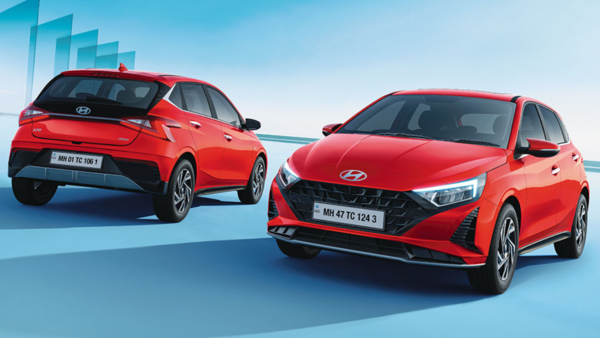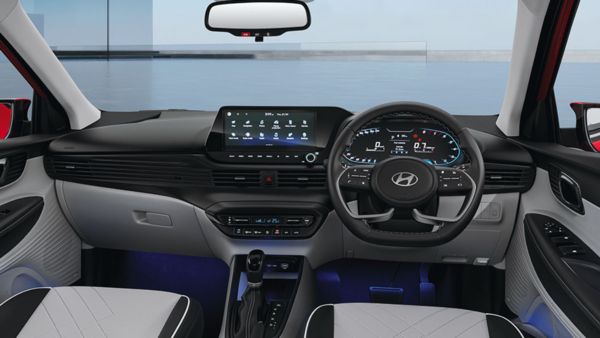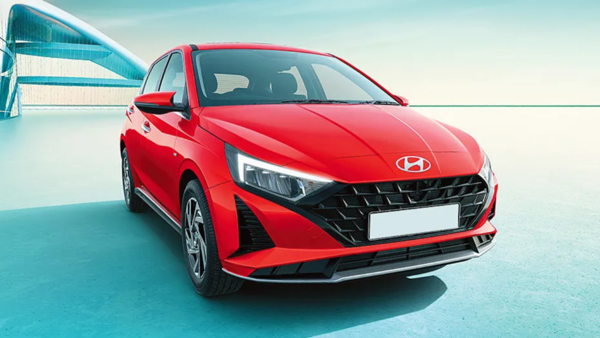Hyundai Exter Review: Can it Punch out its rivals? | TOI Auto
The first difference is the introduction of a new variant. The new i20 facelift is available in five variants – Era, Magna, Sportz, Asta and Asta (O). Era is the newly introduced variant.
Talking about the design, the new i20 gets minor changes done to its exterior. The hatchback gets a re-designed bumper with a large parametric grille and a new skid plate. It also has new LED headlamps with inverted DRLs and the Hyundai logo now sits on top of the bonnet. The new i20 no longer gets fog lamps.

The silhouette of the i20 remains the same and the hatch also gets newly designed 16-inch alloy wheels. At the back, the changes are very minor. It continues to get Z-shaped taillamps and a redesigned bumper with a new silver skid plate.
Moving inside, the changes are very minute. It gets the same dashboard layout and the same set of features. The facelifted i20 gets a black and beige colour theme for the interior whereas the previous generation used a back theme. Features include a 10.25-inch touchscreen infotainment system, digital instrument cluster, automatic climate control, wireless phone charging, single pane sunroof, cruise control, Bose speakers, automatic headlamps and more.

Additionally, the facelifted i20 gets a physical volume control knob and USB type C charging port. Safety features include six airbags, ISOFIX mounts, hill hold assist, ESC, ABS, EBD, traction control and much more.
Previously the Hyundai i20 was available in two engine options – a 1.0-litre turbo petrol and a 1.2-litre NA Petrol. But now the facelifted i20 is only offered with a single 1.2-litre NA Petrol engine option. This engine puts out 88 PS of power and 115 Nm of torque and comes paired either with a 5-speed manual or a CVT automatic.

The 1.0-litre, 3-cylinder turbocharged Petrol engine will be available exclusive to the newly launched i20 N-like facelift. The i20 continues to compete with the Tata Altroz, Maruti Suzuki Baleno and Toyota Glanza.

